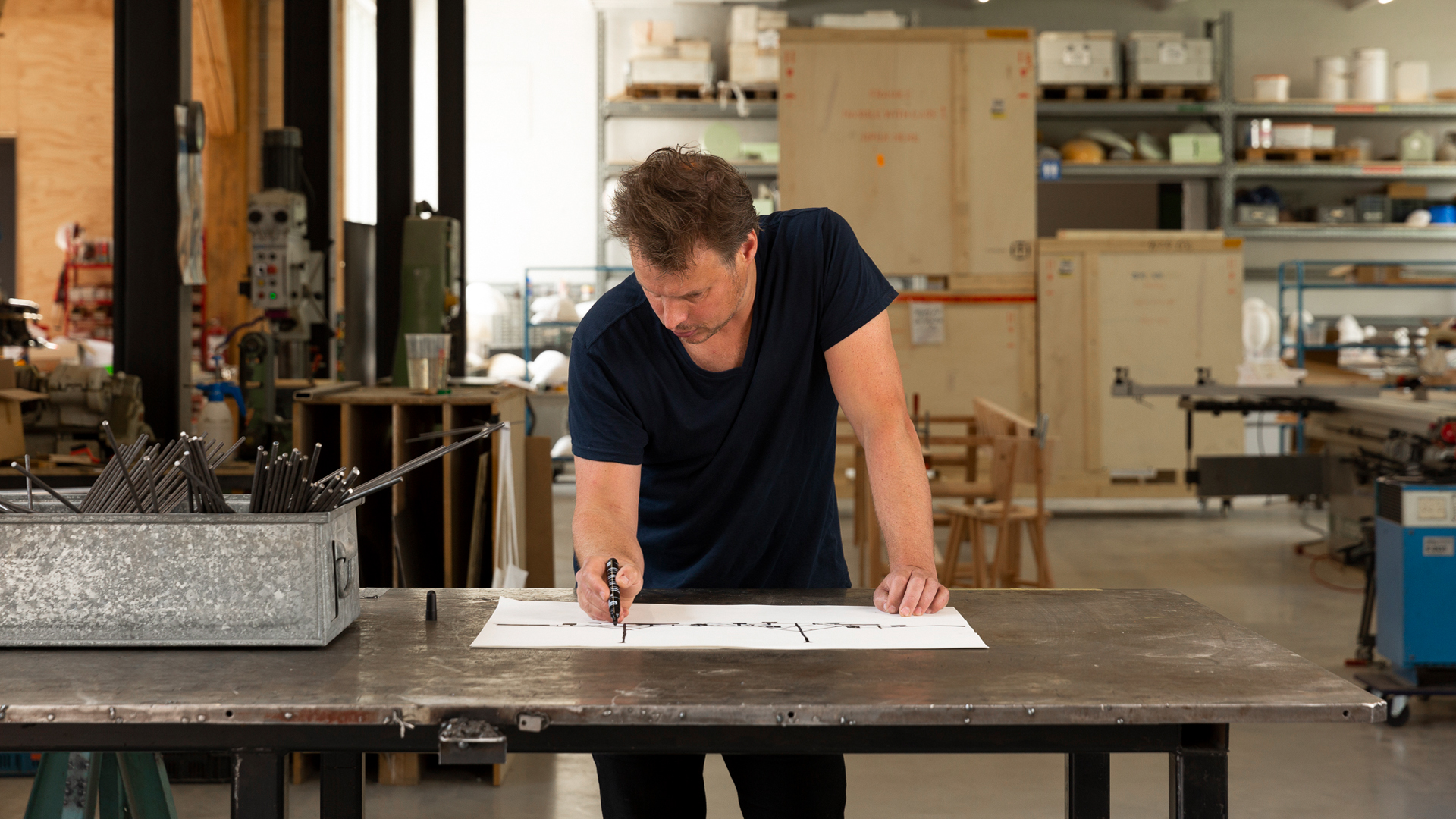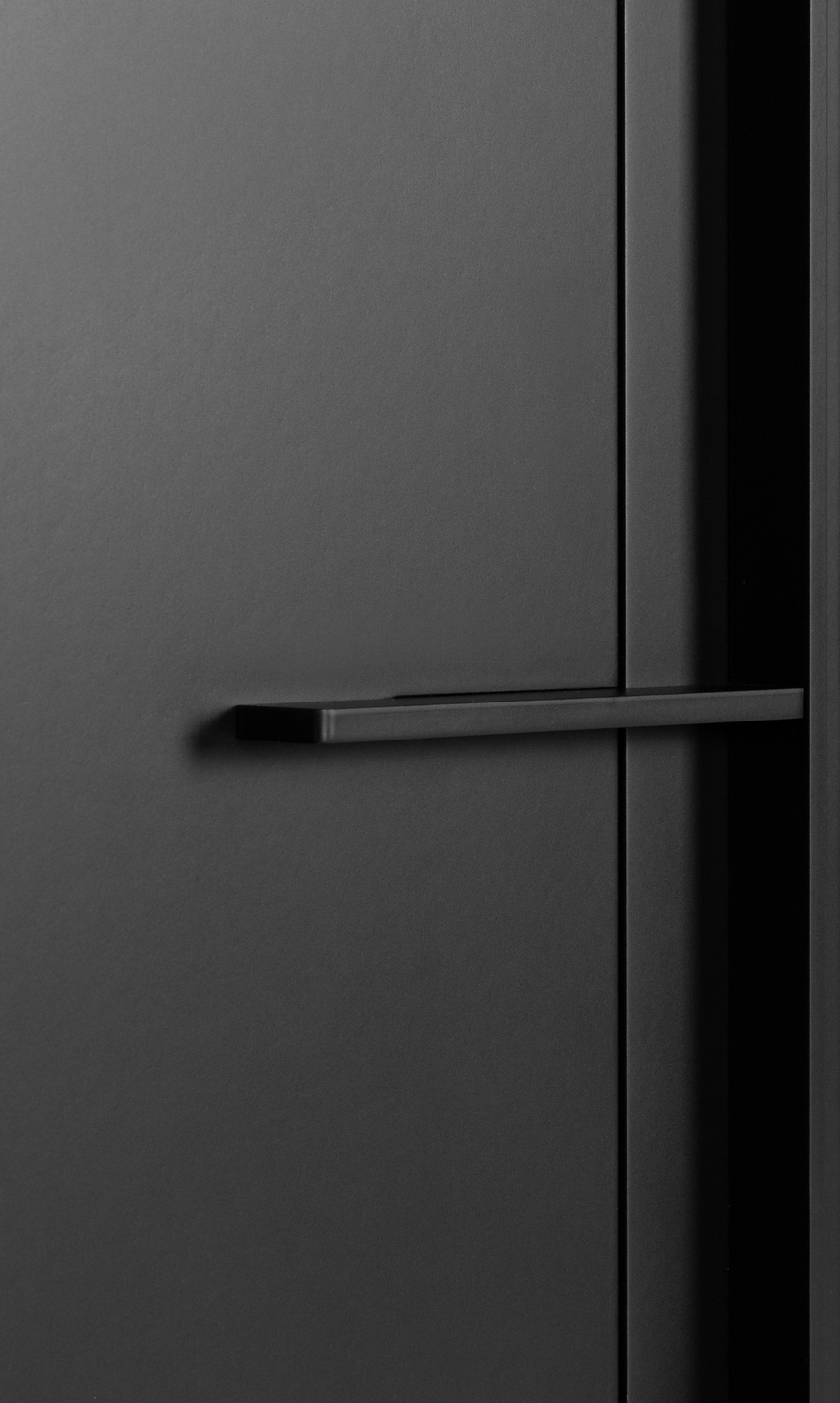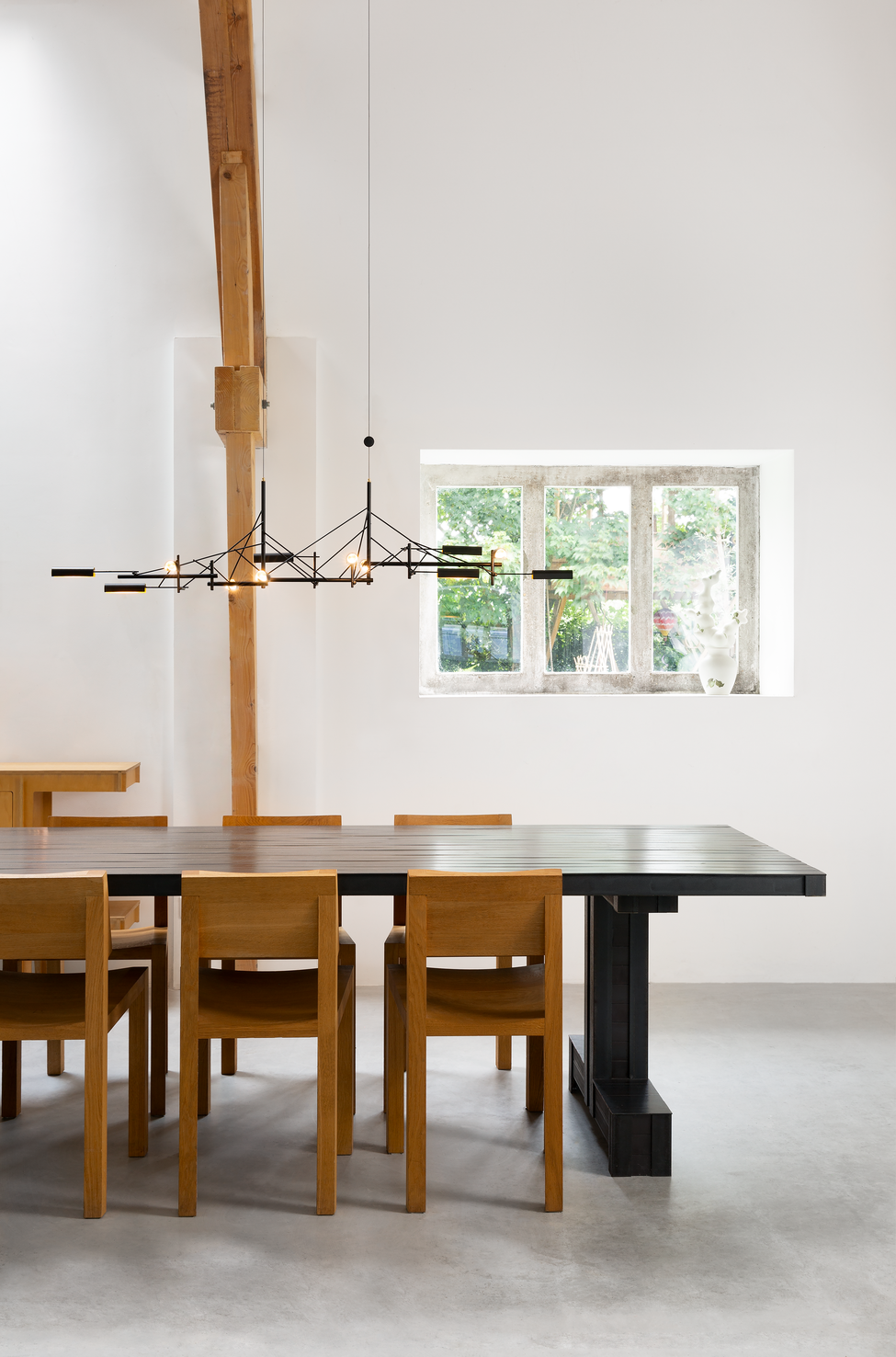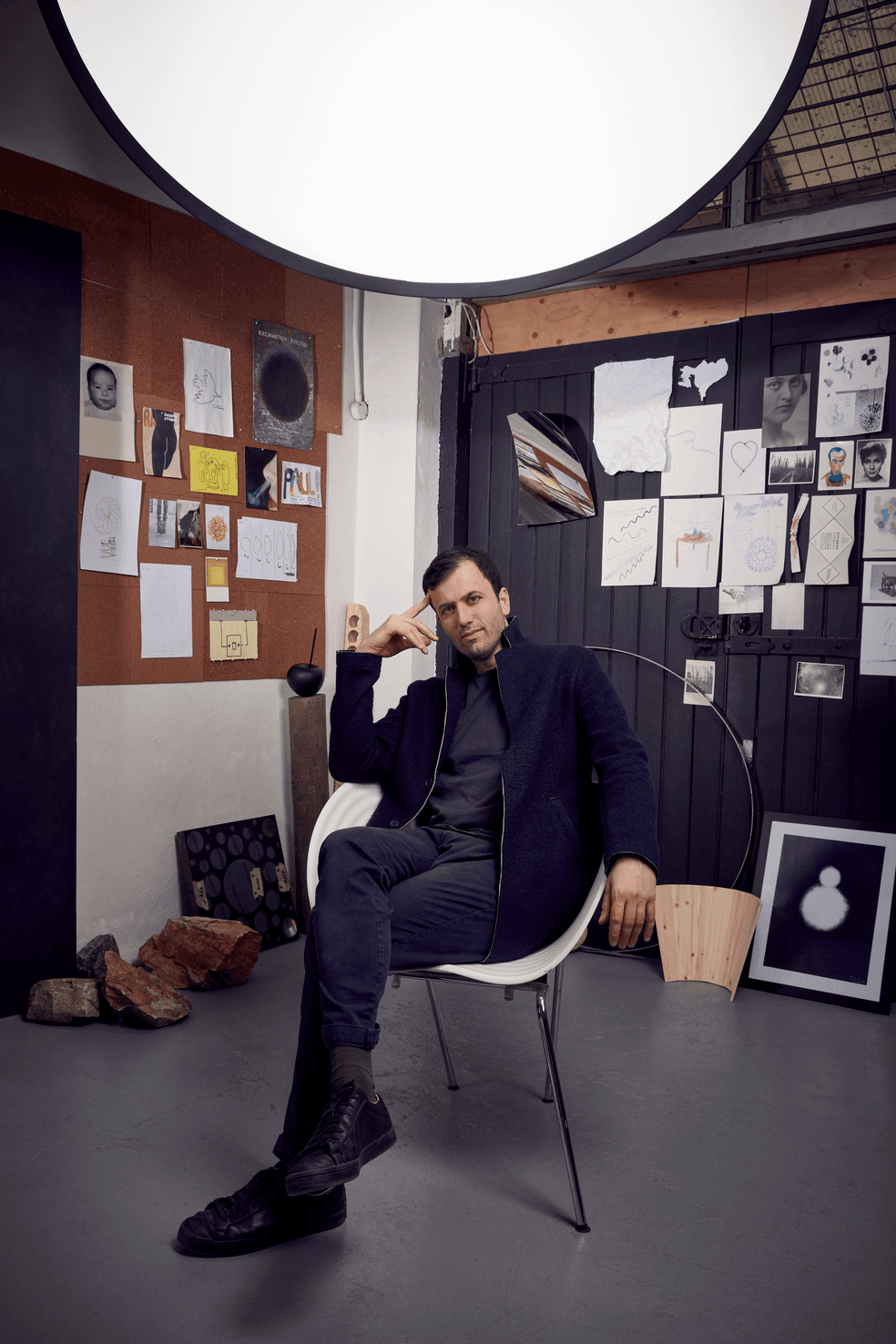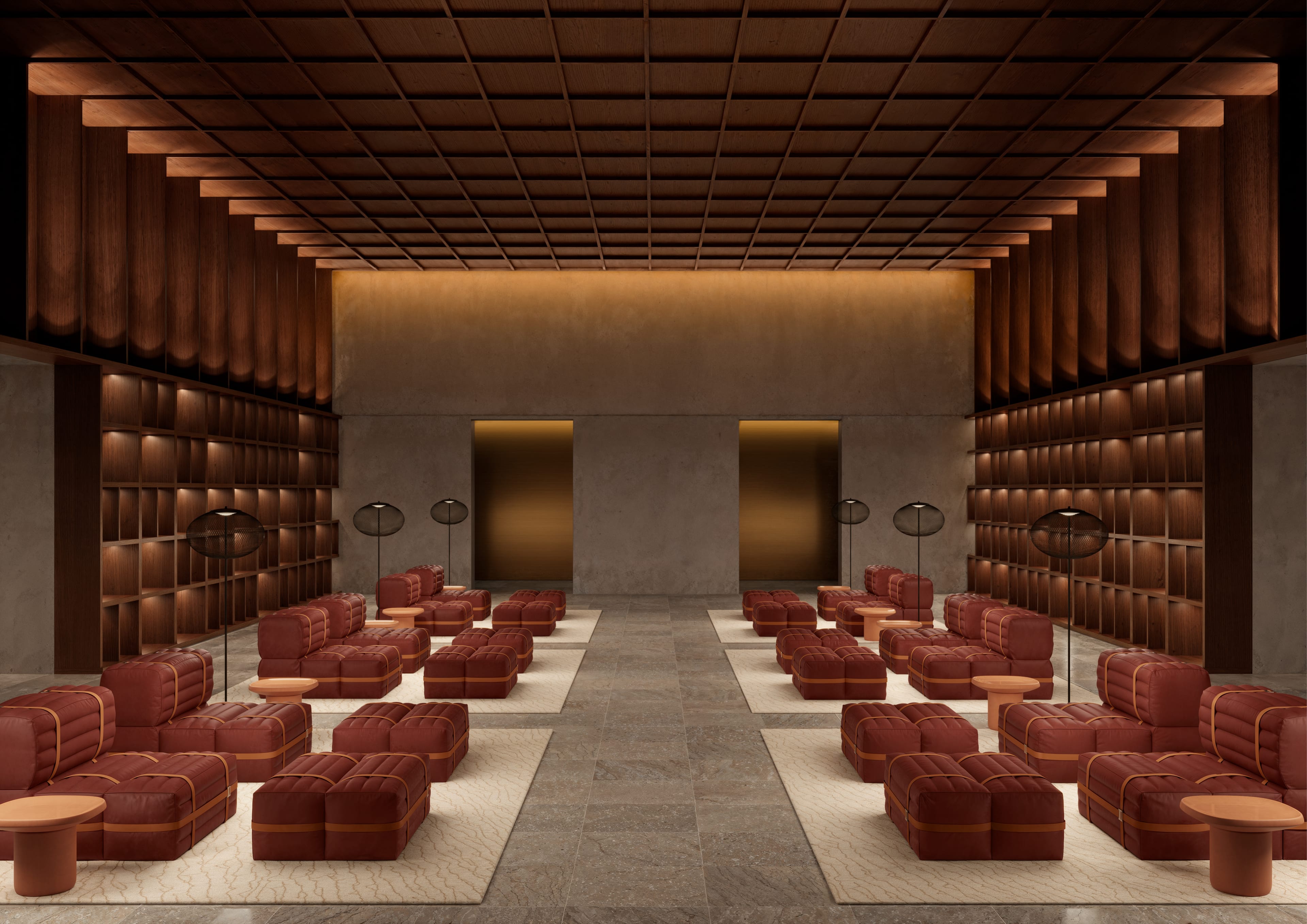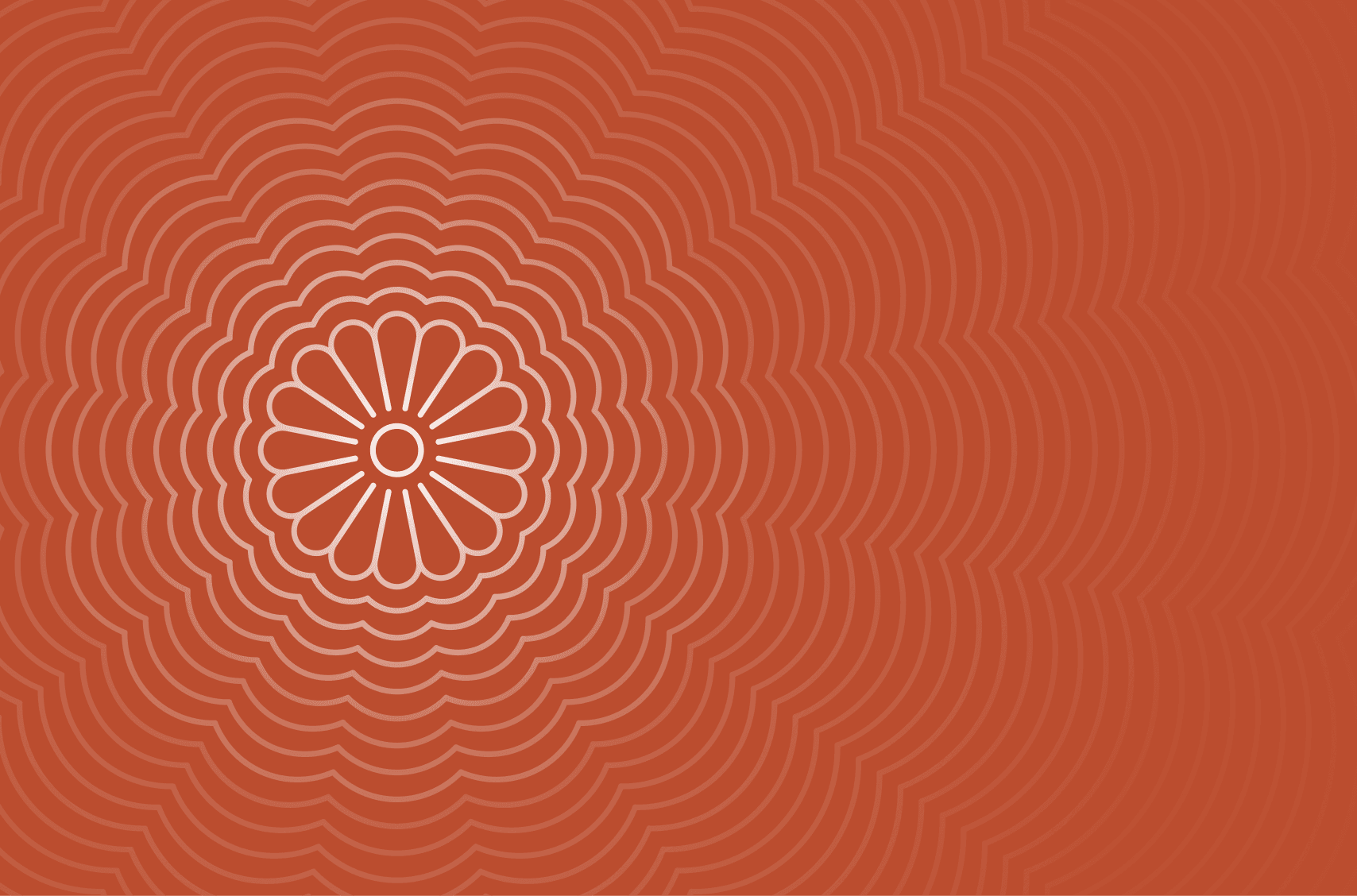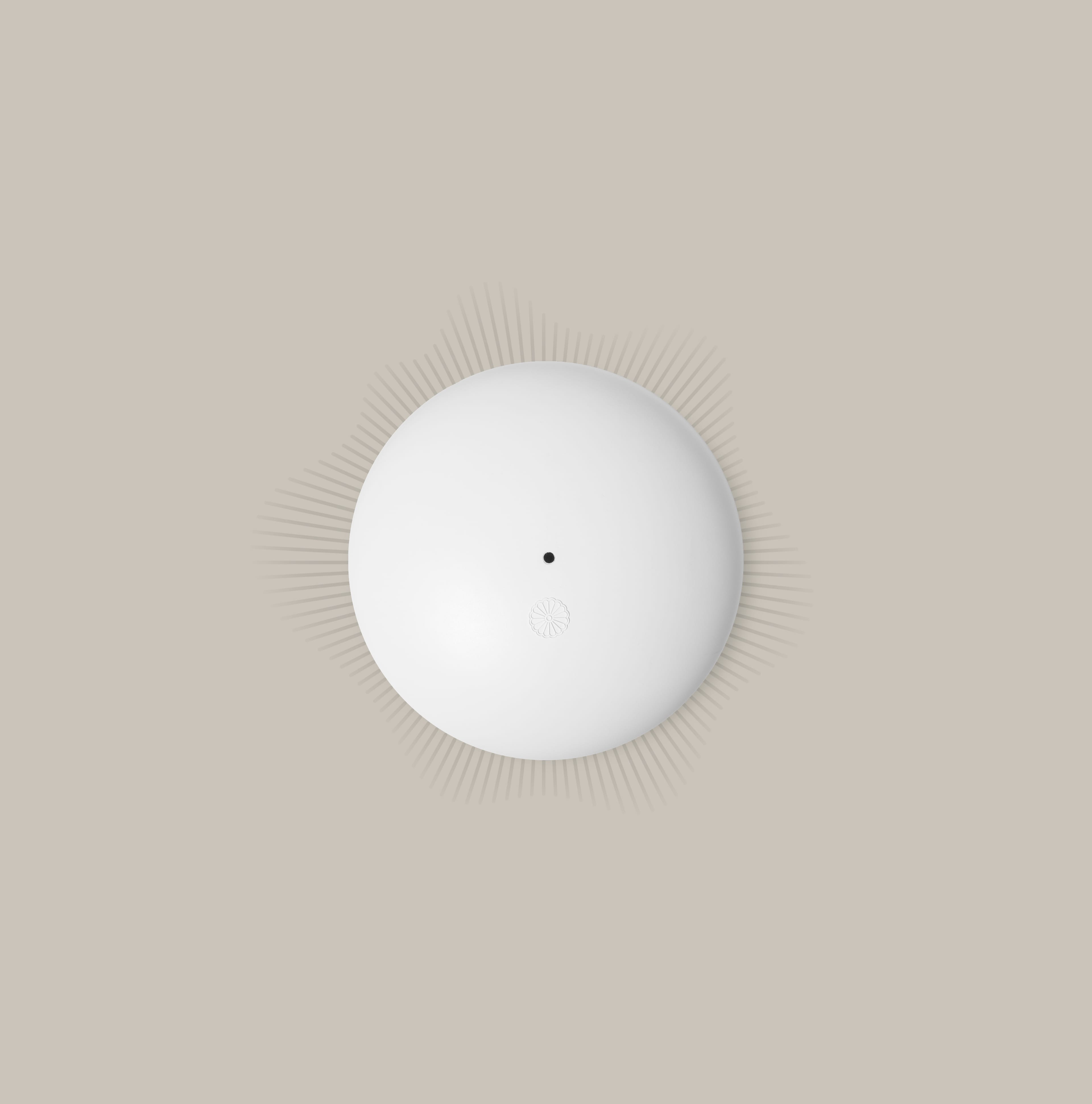Dutch designer Joost van Bleiswijk shares a workshop with his wife and fellow designer Kiki van Eijk that is a construction- and design Walhalla. In their space, he’s worked for years on his No Screw No Glue concept, and we asked him all about it.
What brought you to design?
Joost van Bleiswijk: My dad was what you could call an arts and crafts teacher, so at home, we always had buckets of clay and pieces of wood lying around. We had a miniature workshop of a sort. With tools and everything. So, I grew up with it. My brothers and I were always making stuff, creating things. I grew up in Delft, which houses a big technical university, so it made sense to go study industrial or civil engineering. I also checked out art academies. However, I often found them to be a bit vague. Until I discovered the Design Academy in Eindhoven, where art and engineering seemed to come together. Art meets function in a way. It made more sense, and I knew it was a good place for me. It felt logical.
It sounds like you immediately found your place at university. What happened afterwards?
JVB: Yes, studying at the Design Academy in Eindhoven was great. I realised I really loved it and was very driven. When I finished, Kiki (van Eijk) and I started our own workshop. We invested in tools and machinery and started making things. Some people graduate with a big bang and are immediately launched into their careers. Well-known from the start. I think that adds pressure. For us, it happened slowly but surely. I liked it that way, that steady build-up. It gave us space.
How did you come up with No Screw No Glue for Moooi?
JVB: The interesting thing is that No Screw No Glue is an old design. I like that; it suits our times to not always focus on what is new. Like when you’re in Milan for Salone del Mobile, presenting a new design or several new designs, the press always focuses on what other new things you’re working on. They already want to have the scoop on the next new thing.
No Screw No Glue for Moooi is about respect for the things we already have. To not constantly chase the new best thing, but to honour the things that are already there and are also good. Look at an existing design and figure out how to modernise them. To go with the times. I love that. That something gets a new life, that it’s reborn in a way. And, maybe even most importantly, remade with an eco-friendly material called Richlite. I love that aspect of moving with the times. Richlite is lightweight but incredibly strong. The [No Screw No Glue] Cabinet and Buffet are also shipped flat packed.
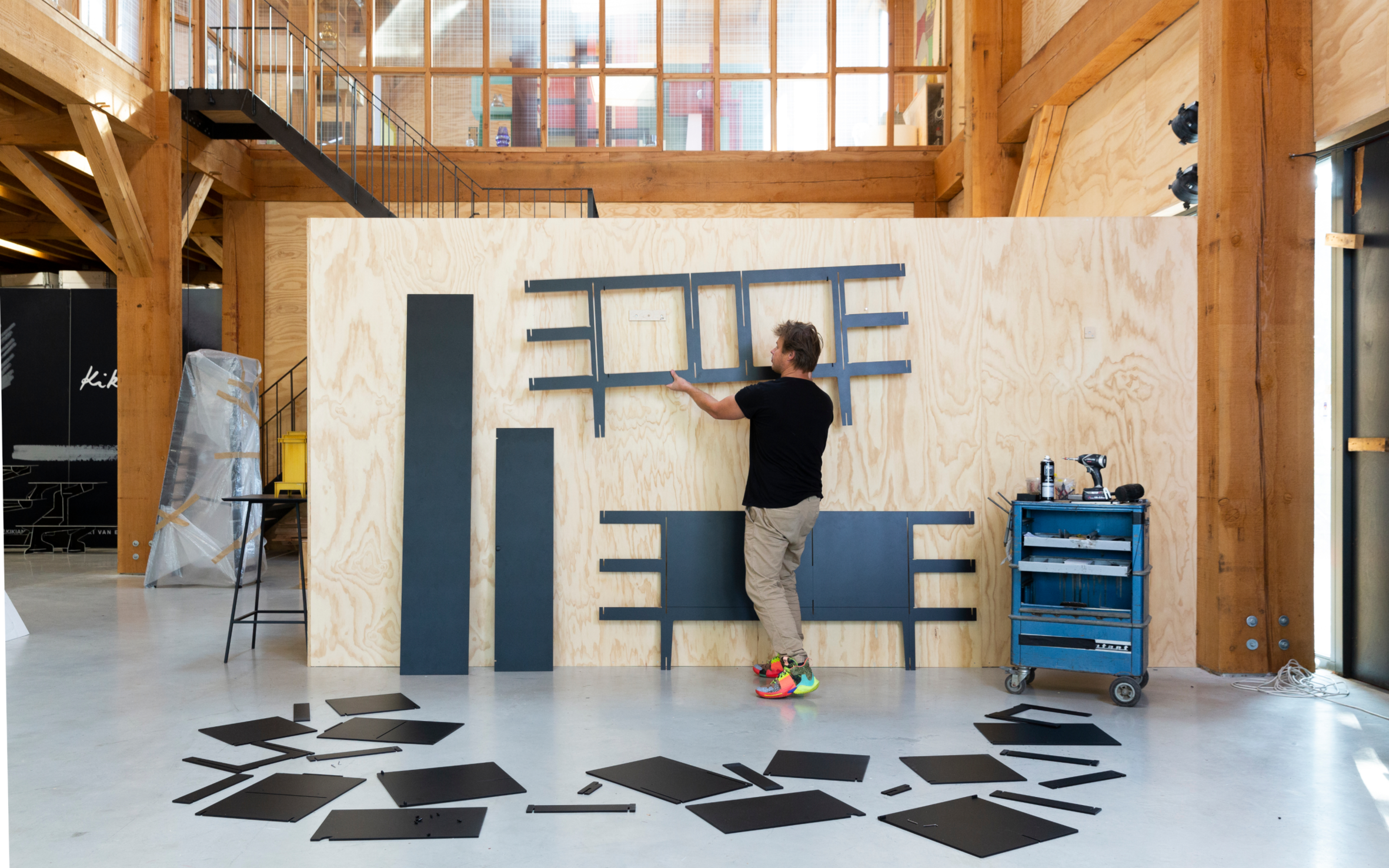
No Screw No Glue needs no screws or glue to build and keep the elements together. You slide the elements together to give the Buffet or Cabinet shape.
What were the first No Screw No Glue versions?
JVB: The first ones, a range of furniture and objects I made from wood. Later on, I started experimenting with polished stainless steel. I made a cabinet, a standing clock, a chessboard, and such. After that a series of corten steel. A special type of steel that rusts and then forms a protective layer. I also made a ‘Rough Series’, where I used a cutting torch on thick sheets of steel to get the rough edges.
Why no screws or glues?
JVB: I loved the idea of not needing anything else than plates, interlocking sheets. To only use the materials as is and not bother with drilling and screws and tools. I find the interlocking aspect fascinating, because you have a certain design, a shape in mind that you want to achieve. And you try to create that with only one material and make shapes and sliding the sheets into each other. It’s not always easy and in a way it’s an artisanal approach to design.
Working like that, constructing without tools and such sounds limiting.
JVB: It sure limits the possibilities of what you can make, but I like that. Working with construction methods to create shapes and forms and then find the design limits and push those boundaries to discover new possibilities. I’m constantly looking for those edges what you can and can’t do. And the material choice matters in that as well. Once I’ve discovered the limits of a certain material, I’ll start researching the possibilities of another one. So, you go from wood to steel or corroded steel.
I like how the result really shows you how something is constructed, it’s very honest in a way. At some point, I made it more complex and created a clock. I believe it had over a hundred tiny parts, demanding such focus I was quite done after that. So, once I finished the clock, I picked up a cutting torch and experimented with that. A lot of my designs are about possibilities and limitations.
Your work clearly has a constructional theme. It also has a lot of straight lines. Would you say that is your ‘thing’?
JVB: I suppose you could say that, yes. Showcasing the construction and connection of materials is a recurring theme in my work. You can find the same themes in the Construction Lamp and in Tinkering, both designs in the Moooi collection. For me unveiling the working method behind the design is a big part of the aesthetic and the concept behind the work; it’s the making process that interests me and with that I believe that also screws can be valued. For example, I make them visible in the Construction Lamp. With No Screw, No Glue, you get those overlapping corners, making them inverted in a way. It’s such an unexpected and great details.
